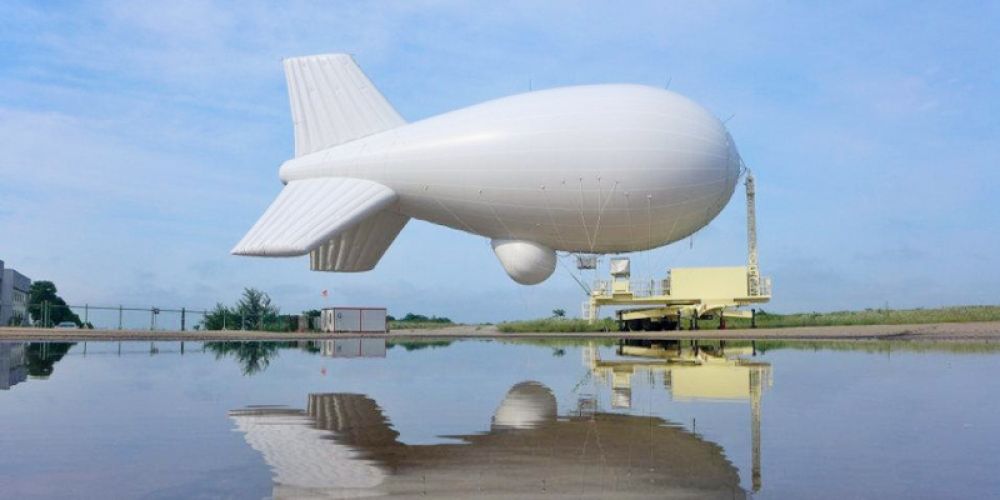
Application Cases
Automated welding of floating inflatable boats
An inflatable boat manufacturer uses a dedicated heat sealer for floating inflatable boats. The hydraulic system drives the heating plate to press down and perform high-temperature welding on the PVC floating boats. The equipment is equipped with arc-shaped groove positioning tooling to ensure that the floating boats and the boat plates are accurately fitted, and the welding strength reaches more than 35MPa. This process is used to connect the floating boats and boat plates of products such as military lifeboats and civilian sightseeing boats. Compared with traditional manual welding, the efficiency is increased by 40%, and the air tightness of the welds has passed the 120kPa air pressure test.
High-frequency welding of inflatable boat main body membrane
An outdoor equipment brand uses a high-frequency heat sealer to weld the main membrane of inflatable boats made of TPU. The equipment uses a 27.12MHz high-frequency electric field to polarize the membrane molecules and generate heat through friction, and achieve seamless welding under a pressure of 0.4MPa. This process is used for the splicing of airtight cabins of products such as kayaks and surfboards. The welding speed reaches 8m/min, and the tensile strength of the weld meets the requirements of 3 times the working pressure.
Airship airbag composite heat sealing
A certain aerostat manufacturer uses a special high-frequency heat sealing machine for airships to weld composite airbags. The equipment supports pneumatic boosting, has a stroke spacing of 200mm, and can weld nylon coated fabrics with a thickness of 0.5-3mm. This process is used for airbag splicing of products such as stratospheric airships and helium sightseeing airships. The welding temperature is controlled at 220-250℃ to ensure that the material performance does not decay.
Production process
Material pretreatment
Cutting: Use a laser cutter to process PVC/TPU film materials into preset sizes with an edge flatness of ≤0.1mm.
Cleaning: Use an ultrasonic cleaner to remove oil stains on the surface of the film material to ensure the cleanliness of the welding surface.
High-frequency welding molding
Equipment debugging: Adjust the high-frequency electric field strength (27.12MHz or 40.68MHz), welding pressure (0.3-0.5MPa) and temperature (180-250℃) according to the thickness of the film material.
Heat welding: Place the film material in the mold, use a high-frequency electric field to polarize the molecules on the contact surface to generate heat through friction, and achieve welding under pressure. Welding speed 5-10m/min, weld tensile strength ≥35MPa, heat-affected zone ≤1mm.
Quality inspection and post-processing
Air tightness test: Use a 120kPa air pressure tester, and maintain pressure for 10 minutes without leakage to pass.
Appearance inspection: Use a laser detection system to screen the flatness of the weld, with an error of ≤0.2mm.
Trimming and cleaning: Trim excess scraps, clean equipment, and prepare for the next production link.